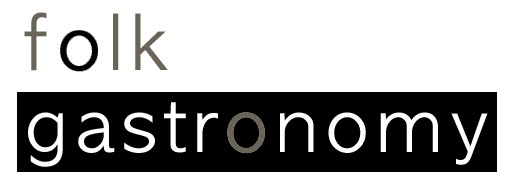[image: wikipedia.org]
it is once a year that i participate in the carpenter's solid geometry*, lifting what in the preceding eleven months is a self-imposed injunction on baking rites and kitchen-hosted, molasses-based architecture experiments. when else do we measure out the life from beets and canes to construct little, edible homes to house our myths, culinary cosmogonies, and frosting for about ten days? it's our annual opportunity to fashion the alloy of the subterranean and the terranean into a model of edible cellars- where both molasses and memories serve as interlocutors between brain and belly. the whole thing is very strange, but delish.
to the orthodox contractor of any gingerbread house, molasses is indispensable. though many types of molasses are made, viz. pomegranate and date**, sugar beets and sugar cane are the cash crops most frequently used. the primary difference between these two is that you'd feed a cow sugar beet molasses and your sister cane sugar*** molasses.
to the orthodox contractor of any gingerbread house, molasses is indispensable. though many types of molasses are made, viz. pomegranate and date**, sugar beets and sugar cane are the cash crops most frequently used. the primary difference between these two is that you'd feed a cow sugar beet molasses and your sister cane sugar*** molasses.
root ginger- la madre de la gingerbread and the evolutionarily**** and philosophically important underground storage unit. i'm primarily interested in the relationship we have with the subterranean- edible root stocks and our cellars. the cellar is where we store things that we need semi-frequently, more so than the attic (my basement, for one, was far more accessible than our attic which involved ascension up a spring-loaded wooden ladder). the basement, underground, is where tubers grow invisibly, where wines are kept to engage in their magic, where strange sounds occur, and where tyler durden got things rolling. in some respects, we have a relationship with the underground maybe not as dark as poe, but no less intimate. and it's things like root ginger and sugar beets that can serve as vehicles to explore our relationships with the verticality of our homes.
*gaston bachelard's the poetics of space
*** after reading junot diaz, i will forever be transported to the dominican fields when i think of sugar cane
****richard wrangham's the raw and the stolen suggests that the emergence of cooking gradually led to the unusual human social practice of pair-bonding, facilitated by underground storage units like beets and potatoes.



No comments:
Post a Comment